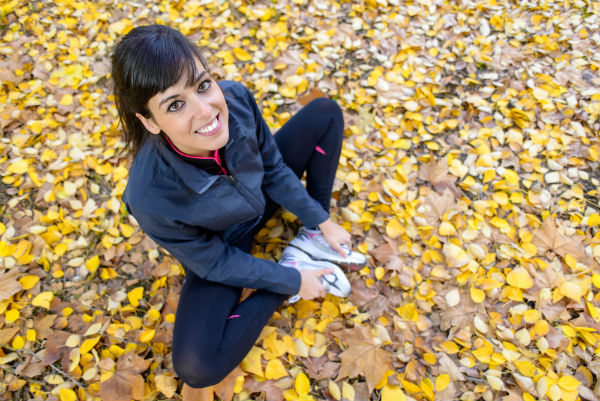Hiking is an excellent way to get out and see the mountains. You can enjoy majestic views, stunning wildflowers, wild streams and even glimpse some wildlife. While you may walk regularly, hiking can work muscles a bit differently and be slightly more demanding physically, depending on the terrain and level of difficulty. Stretching after hikes can prevent soreness and injury. Taking a few minutes to stretch when you get off the trail will help you stay ready for whatever adventure you are planning tomorrow. Try these stretches after your hike to take care of your muscles.
Hamstring Stretch
A blog from Columbia suggests the IT band/hamstring stretch. It is a simple variation on a toe touch. Instead of standing with your feet together, cross your legs and bend at your hips with your fingers towards your toes. Hold the stretch for five breaths, pushing just a little lower with each breath. Then, switch which leg is crossed over the top and perform the stretch again.
Shoulder Stretch
Your shoulders can become tired and strained when you are carrying a heavy backpack. To stretch your shoulders, lift one elbow over your head and drop your hand to the middle of your back. Take your other hand and very gently push your elbow down so that your hand moves slightly further down your back. Only push until you begin to feel the stretch. Hold the pressure for a few breaths. Then switch arms and start again.
Toes and Foot Stretch
My Five Acres suggests a stretch to address aching feet and tired toes, they call it the “Toe Crusher.” Tuck your toes underneath you, like you are about to do a pushup, then, lower your knees to the ground, push them back towards your feet. Once your knees are on the ground, sit back on your heels, holding your back straight and upright. This will apply pressure to your feet stretching the soul of your foot and your toes. Hold this stretch for 30 seconds.
Hip Stretch
This stretch targets your hips. You will need a sturdy surface to help you balance, a tree works great. Cross one foot over the top of the opposite knee. Gently lower yourself into a sitting position until you feel the stretch in your hip. Hold the position for five deep breaths, switch legs and repeat.
Calf Stretch
Place your toes up against a hard surface, a tree or rock will work, with your heel on the ground. Place your other foot slightly behind you, just behind your shoulder. Lean forward with your hips until you feel the stretch in your calves. Hold the stretch for five deep breaths and then switch legs.
Take The Time To Stretch
As you stretch, remember that you should feel some tightness and your muscles stretching, but you should not feel intense pain. You do not want to hold the stretch longer than is comfortable or push your body beyond its limits. If you have any known physical condition, talk with your doctors about what stretches might be best for you. As you stretch, be sure to take deep breaths that fill your belly. This will deliver oxygen to your muscles, as well as help you stay centered and focused. Stretching can not only improve recovery time, relieve sore muscles, and prevent injury, it can also lift your mood. A few minutes spent stretching after your hike is worth the investment.






